A programme to register EV owners able to supply emergency electricity to evacuation centres in the event of disaster has been unveiled in Chiba prefecture. This adds to a growing number of such initiatives in Japan, including those in Tottori and Tochigi prefectures, and bespoke programmes launched by major car manufacturers in individual towns. In this article, we explore Chiba’s disaster preparations and the role of these EV owners.
※Top Image from Nissan/Akune city press release titled “Kagoshima announcing ‘decarbonization alliance’”.
A reliable energy source for disaster centres
Starting in late June, the aim of the programme is to register owners (both people and companies) who wish to volunteer their EVs or small generators to the emergency services in case of a major disaster.
This follows the high-profile role of EVs in providing electricity after the Great East Japan Earthquake, when traditional gasoline-based power resources were incapacitated. Mitsubishi’s i-MiEV EV played a notable role, and Mitsubishi later released the MiEV power box to further aid the car’s supply to external appliances. As of July 2022, Mitsubishi has launched emergency alliances with more than 200 local governments throughout Japan.
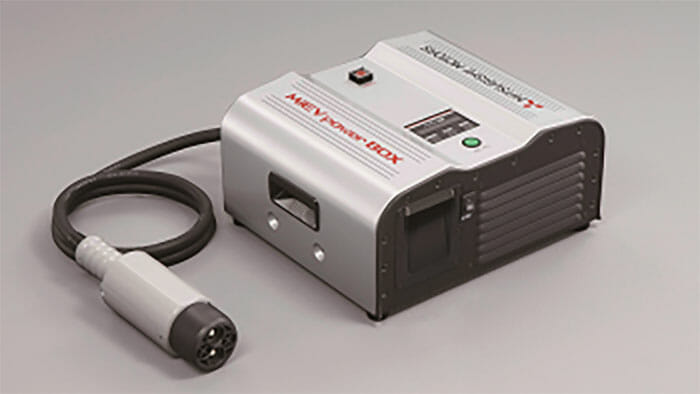
MiEV Power Box
Nissan also lent its LEAF EV to Chiba prefecture to aid in the recovery following a major typhoon in September 2019, as part of the ‘Blue switch’ programme, started in 2018, to cooperate with local governments. In the event of such disasters, Nissan will lend EVs and supply electricity to the 135 towns and 9 prefectures which signed up.
There is also the ‘Power Aid Japan’ project run by a company supported by the METI (Ministry of Economy, Trade and Industry) of Japan, further highlighting the increasing role that national authorities believe EV will play in disaster recovery. In general, the prompt restoration of electricity is critical to the recovery effort, as both a practical measure but also in easing the mental burden of victims.
Owners of EVs without electricity supply functions can still register with the programme
Owners and companies who own EVs, PHEVs, FCEVs with energy supply functions, as well as small generators with 1.5-5.5kW output, can register by choice to Chiba’s new volunteering programme.
Following Tottori prefecture’s programme, in which volunteers will be provided the necessary bi-directional chargers (Honda’s ‘Power Exporter 9000’), Chiba will only require their volunteers to bring their registered power supplies.
The registration is valid for 3 years, and not renewed automatically, although Chiba is currently considering an auto-renewal system. For example, Nerima ward in Tokyo, who started a similar programme in 2018, offers an automatic annual renewal system which obligates owners to report if they have changed their vehicle or generator.
Once an owner completes registration, they are trained at their local evacuation centre. If disaster strikes, they are sent to the affected area after a consultation with a disaster control office.
Utilising EVs in disaster control plans
With the numbers of EVs with V2L (Vehical-2-Load) systems anticipated to increase, emergency reliefs efforts would benefit from a consistent standard. Not only would prefecture- and manufacture-led programmes be made more efficient, but individuals and neighbourhoods could start to organise and expand aid by themselves. METI and MLIT (Ministry of Land, Infrastructure, Transport and Tourism) together created a public pamphlet titled ‘How to utilise EVs in case of natural disasters’ based on METI’s action plan. The plan calls for local governments to incorporate EVs in disaster prevention programmes. While the exact numbers are not confirmed, several local governments such as Nerima ward in Tokyo have been pro-active in their adoption.
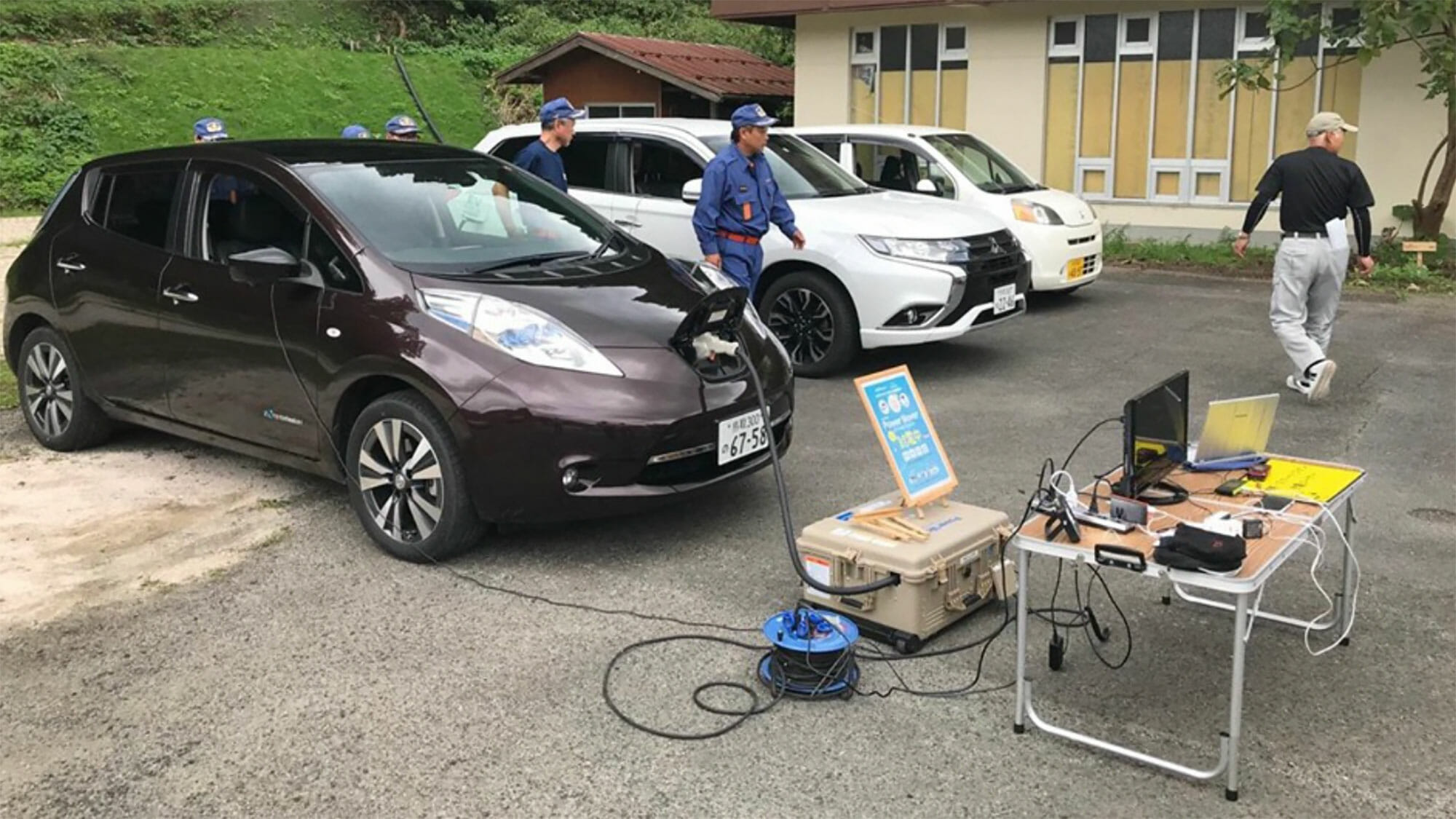
Training organised by a group works with Tottori prefecture(Official Website)
Increasing public awareness of disasters relief
The Crisis management office of Chiba, which handles online volunteering registration, said “the government would like to secure electricity by itself, but we are also hoping to make our citizens more aware of the importance of their cooperation”. The office does not yet have a specific target as to how many registrations are required, nor has established a training programme either. “We are enlisting both companies and individuals. Training content will be adjusted for each type of volunteer. In other prefectures, they checked existing procedures on how to supply electricity at evacuation centres. Chiba, however, does not have any evacuation centres at the moment.” In Japan, individual towns and cities are responsible for setting up evacuation centres according to the Disaster Countermeasures Basic Act. Companies like Nissan and Mitsubishi have already set up local alliances, and Chiba prefecture will also act when those local governments ask for support.
Private sector is expecting wider range of cooperation
As mentioned, local governments in Japan are responsible for their disaster recovery which, according to experts, can lead to delays because the personnel involved in the effort are often those most affected by the disaster itself. This differs from other countries, such as Italy, US and Canada, wherein the central government takes full responsibility, including the appropriation of local buildings as temporary evacuation centers.
In the context of EVs providing electricity, the Chiba government believes it should not rely on support from outside the prefecture because of existing limitations on battery capacity and charging infrastructure.
Yasushi Hongo, CEO of Nihon Kankyo Bosai, who co-founded PAJ (Power Aid Japan) says ‘I hope that local governments build more infrastructure to supply electricity in case of disasters. Also, if more EVs provide power supply functions for uses such as outdoor activities, then more people will realise how EVs are valuable for emergency power supply, which will eventually lead to a greater national resilience. Also, I hope PAJ to be a part of such an act’.
Beyond driving, EVs have the potential to fulfil many roles including the fight for carbon neutrality, the efficient use of resources, and disaster recovery. We encourage more EV manufactures to equip their vehicles with power outlets, reducing the need for costly alternatives such as V2H (Vehicle-2-home) systems.
Original conent by Ryuuichi Kino in Japanese is found here.
English translation by Meiko Sugita
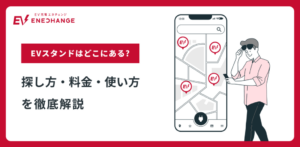
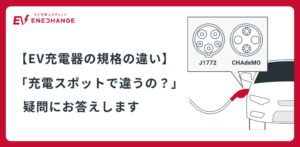
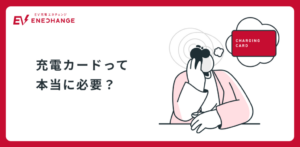


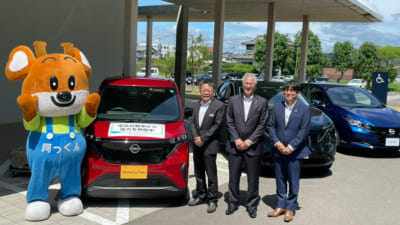


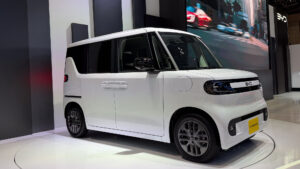
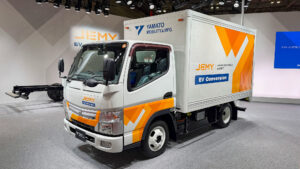
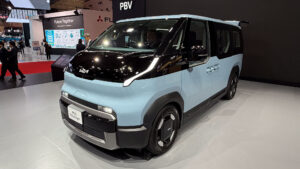


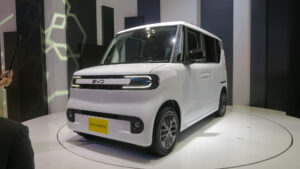
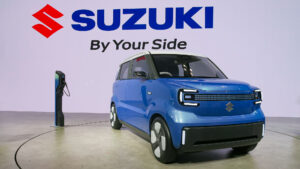
コメント